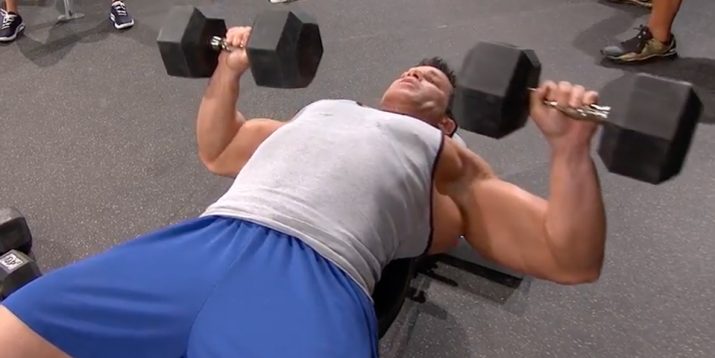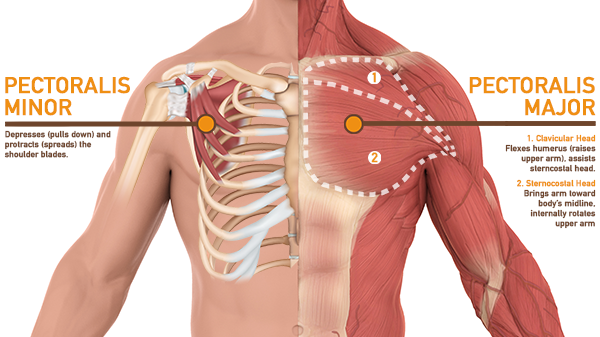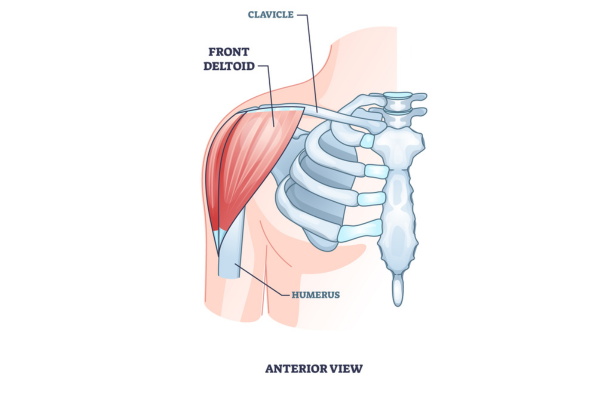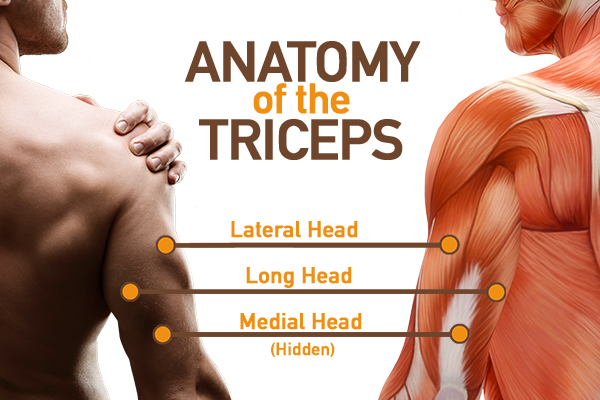How to Do the Dumbbell Bench Press

There’s a reason why the bench press is one of the “big three” strength exercises, along with the squat and deadlift.
It not only nails one of the body’s largest muscle groups (the pecs) but also hits two key upper-body movers and shakers (the triceps and shoulders).
And if you trade the barbell for a pair of dumbbells, as you will in the bench press variation below, you’ll add an element of instability that will increase muscle activation throughout your core, helping to correct any imbalances.
Ready to give it a try? Here’s how to perform it with perfect form.
Dumbbell Bench Press: Step-by-Step Instructions
Target muscles: Chest, as well as the triceps, shoulders, and core.
Featured in: The Master’s Hammer and Chisel – Max Hammer Strength
- Lie on a flat bench holding a pair of dumbbells directly above your chest with your palms facing forward. Your head, upper back, and butt should touch the bench, and your feet should be flat on the floor.
- Slowly lower the weights to the sides of your chest, keeping your elbows close to your body (not flared).
- Pause, and then push the weights back up to the starting position. Repeat for reps.
Make it easier: Use lighter weights, or ditch the bench and perform the push-up.
Make it harder: Use heavier weights, or perform the alternating dumbbell bench press (lowering one arm at a time) or the single-arm dumbbell bench press, using a single dumbbell to work one side of your body at a time.
Dumbbell Bench Press Tips
- Keep your upper arms at a 45-degree angle to your body as you lower the weights. Doing so will reduce the stress on your shoulders. (Flaring your elbows — the most common mistake people make when performing the bench press — has the opposite effect.)
- Similarly, don’t arch your back as you press the weights up (it will increase the stress on your spine). Instead, actively press your back into the bench and keep your abs and shoulder blades drawn in.
- You can also use a neutral grip on the dumbbells if that makes the movement easier on your body.
- Keep your wrists stacked over your elbows.
Benefits of Dumbbell Bench Press
The dumbbell bench press hits different areas of your chest muscles than the barbell bench press.
By using dumbbells instead of a barbell, you can use different angles to target different fibers (the inner, outer, and upper portions of your chest muscles) more effectively.
This is because different angles allow you to get a better stretch at the bottom of the movement, which is when you are able to recruit more muscle fibers and stimulate growth.
You can change the angle by moving your arms closer together or farther apart.
You can also change the angle by placing your feet on a different height surface — for example, place your feet on plates if you want to raise them higher off the floor.
In addition, it’s good for developing overall chest mass and strength because it allows for greater range of motion than does the flat bench press with a barbell. It also builds unilateral strength, as both arms work individually to press the dumbbells up.
What Muscles Does the Dumbbell Bench Press Work?
The dumbbell bench press works what are known as your “pushing” muscles.
Chest

The primary muscles worked in the dumbbell bench press are the pectoralis major and pectoralis minor in the chest.
Of the two pectoral muscles, the pectoralis major is the one that takes up the most space. It’s comprised of the sternocostal head (responsible for adducting your arms, or bringing your arms towards your midline and rotating your upper arm internally) and the clavicular head (which assists the sternocostal head with its functions but also helps raise the arm forward).
Deltoid

The deltoid muscles — particularly your anterior (front) deltoid — in your shoulders are also heavily used when doing a dumbbell bench press and other pressing movements.
Your front delt’s primary function is flexion, or raising your arm in front of your torso. Place your arm by your side and raise it forward and up until you’re reaching overhead — that’s your anterior deltoid at work.
Triceps

In addition to these primary muscles, secondary muscles used while performing a dumbbell bench press are the triceps. The triceps are made up of three muscles (hence tri): the lateral head, long head, and medial head.
Together, the three muscles help extend or straighten your arm at the elbow joint. Without strong triceps, you’d have trouble locking out your arms at the top of the bench press.
Dumbbell Bench Press Variations
Here are some variations and alternatives to the dumbbell bench press that work your different muscle fibers of your chest from different angles.
1. Incline dumbbell bench press
Appears in: Body Beast >> Build >> Chest and Tris
- Lie on a bench set to a 45-degree incline, holding a pair of dumbbells at arm’s length above your chest, palms forward.
- Keeping your core braced and your elbows close to your body (i.e., not flared), lower the dumbbells to the sides of your chest.
- Pause, and then push the weights back up to the starting position.
2. Decline dumbbell bench press
Appears in: Body Beast >> Beast Up >> Chest, Shoulders, and Triceps
- Keeping your abs engaged, lie back on a decline bench, holding a pair of medium-to-heavy dumbbells at the sides of your your chest. Your palms should be facing forward.
- With your feet flat on the floor, push the dumbbells over your chest.
- Pause, and then slowly lower the weights back to the starting position.
